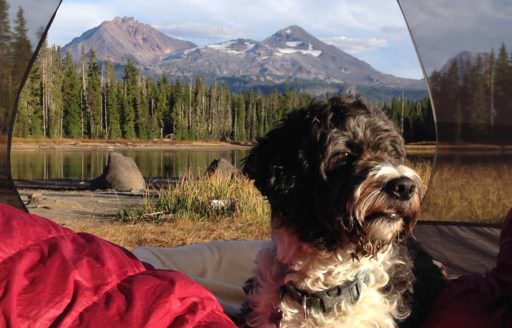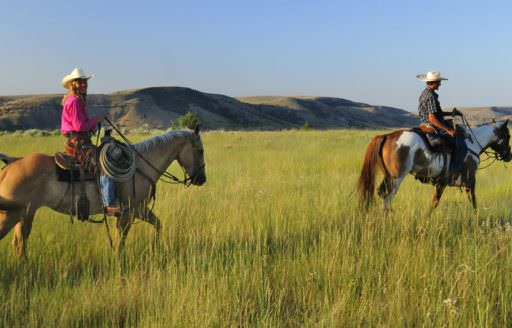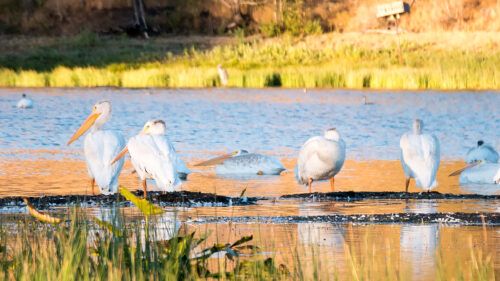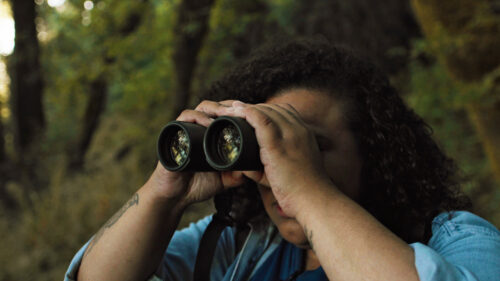Oregon’s outdoors and coastal waters boast no shortage of charismatic wildlife, but lately another, rarely seen critter has appeared in places never documented before. Meet the wily wolverine, a snow-loving, meat-eating, land-dwelling weasel that has delighted scientists and lucky onlookers alike with unlikely appearances near Portland and the Coast.
“A lot of wolverine biologists can go their entire careers without seeing a wolverine in the wild, so this is a great sign,” says Kayla Shively, a conservation ecologist with the Wildlife Conservation Society, who has tracked and studied wolverines in Oregon. “Having wolverines on the landscape in Oregon gives it a special, wild feel at a time when we’re losing a lot of wildness in the world.”
Your chances of seeing a wolverine remain slim, as the creatures avoid humans and have such a low population density that one male wolverine alone will claim a 500-square-mile area to himself. That’s more turf than all of Portland and Multnomah County combined. Scientists believe there are fewer than 300 wolverines in the Lower 48 in all. Even so, people have built road trips around far more dubious quests, so here are some ideas on how to increase your odds of seeing these incredibly cool creatures — and more importantly, experience the special ecosystems they call home.
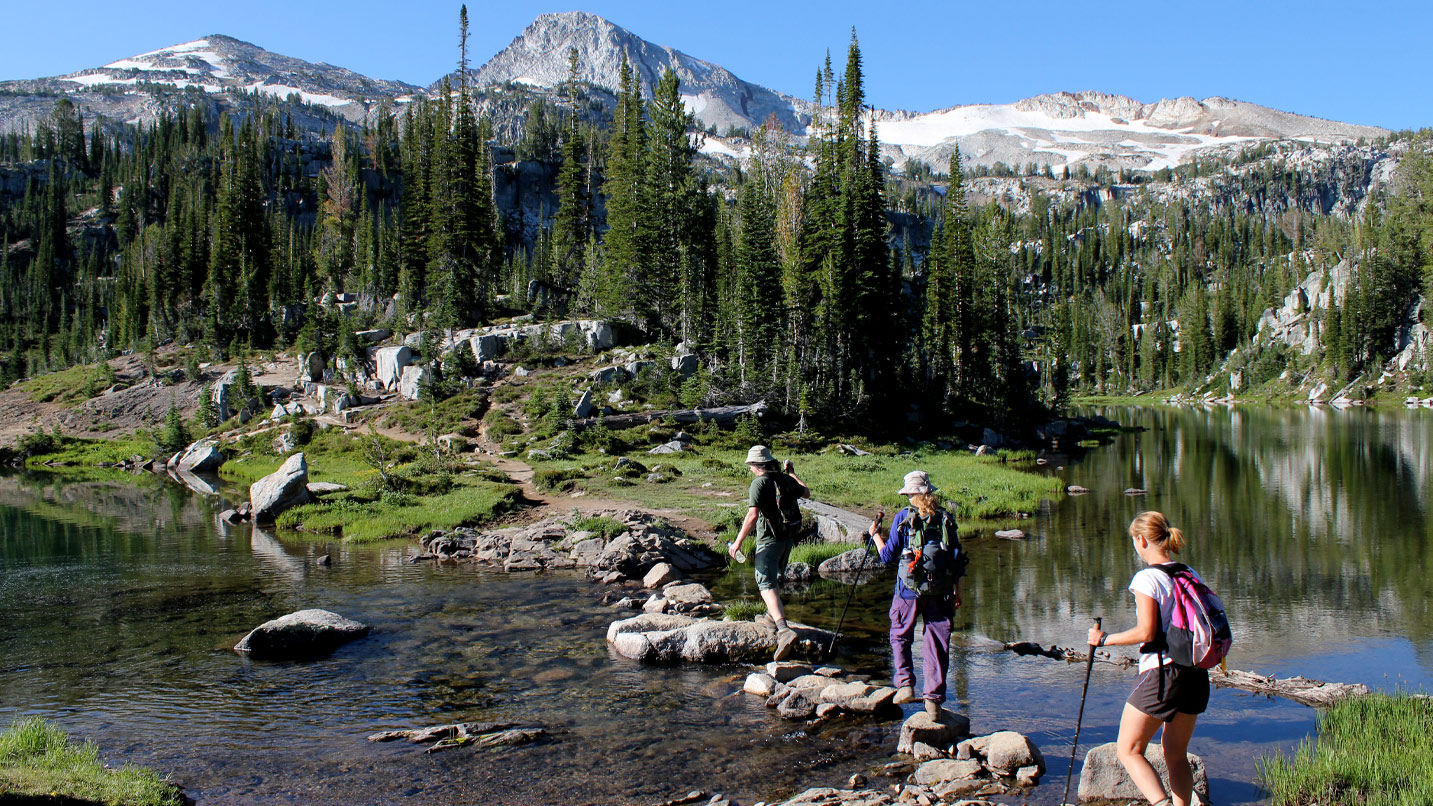
Look for the Lone Wolverine of the Wallowas
No one knows for certain if wolverines historically called Oregon home, because the first state-recorded wolverine sighting wasn’t documented until the early 20th century, Shively says. But what’s certain is this: When a researcher named Audrey Magoun found three wolverines living in the Wallowa Mountains of Northeast Oregon more than a decade ago, hers were the first confirmed sightings in the state since 1992. (Only eight sightings have ever been recorded since record keeping began in the 1800s.) Today only one wolverine reputedly remains in the Wallowas — where you’ll find Oregon’s largest wilderness area, the Eagle Cap Wilderness. That’s a fluffy, aging male named Stormy.
“He’s one of the oldest studied wolverines ever,” says Alan Lacy, the executive director of Reel Earth Films, a nonprofit production company. In 2023 Lacy released a short documentary he made about Stormy and the efforts to study him, called “The Lone Wolverine of the Wallowas.” “The folks at the Oregon Wildlife Foundation told me about him, and I jumped at the opportunity to tell that story.”
Since wolverines are considered threatened, information about where they’re active is kept secret. To better understand Stormy’s habitat, plan to spend a few days backpacking through the backcountry of the Wallowas. Here the landscape is rife with features wolverines love: Snowy forests, plenty of their favorite food source — the carrion of deer, elk and mountain goats — and fields of loose rock that allow the critters to store or cache leftover food for later.
To get into the heart of wolverine country, load up for a three-day trip along the 26-mile-long Wallowa River Loop Trail, which runs south from the Little Alps Trailhead near Wallowa Lake State Park to a series of backcountry lakes. Alternatively, book a stay at the Schneider Camp on a parcel of private land within the Wallowa-Whitman National Forest, where you’ll find a 20-foot yurt and a cabin that can sleep up to 12 in all. Bring a mountain bike; there’s excellent single-track nearby to keep you busy. Don’t miss the Wallowology Discovery Center in downtown Joseph for presentations on the area’s ecology and more.

Wolverine Sightings Elsewhere in Oregon
For more than a decade, Stormy was believed to be the only wolverine in Oregon, though earlier reports included sightings in places like the Mt. Jefferson Wilderness and the Three Sisters Wilderness in Central Oregon, as well as on Steens Mountain in Eastern Oregon. Then in spring 2023, a wolverine sighting happened along the Columbia River near Portland and the Mt. Hood National Forest. Cascadia Wild, a Portland-based nonprofit, verified the sighting and uses volunteers to conduct community-based science wildlife surveys, including on wolverines. Sign up for the Wolverine Tracking Project to learn how you can help look for tracks and maintain trail cameras. And always remember — keep your distance from these wild animals, just as you would with any others.
More recently, in spring 2024, a wolverine was spotted along the Central Coast near Florence, while a young male was caught in a padded foot trap on a beach in Coos County that was meant to protect snowy plovers from predators. (The trap didn’t hurt the wolverine.) More sightings cropped up near Nehalem, Tillamook and Newport on the Coast, and Eugene and Canby in the Willamette Valley.
Were these all the same wolverine? “Hard to say,” says Shively, who notes that wolverines can travel very long distances and even swim across rivers. The best guess is that the new sightings are of another wolverine or wolverines that wandered into Oregon from elsewhere, not Stormy. No one knows why it decided to take an Oregon road trip, other than to take in some spectacular scenery.
To see the forests and Coast mountains where these wolverines may be making a new home, get yourself a room at the Surftides Hotel in Lincoln City and go for a 3-mile hike inland along the Drift Creek Falls Trail, or head south to Bay Point Landing near Coos Bay and wander or mountain bike along the 4-mile-long Blue Ridge Loop, keeping your eyes peeled. Good luck!

If you go:
- Give all wildlife plenty of space. If you do get lucky, keep your distance, avoid chasing it and let the wolverine continue on its way.
- Calmly try to get a picture from afar and report your sighting to the Oregon Department of Fish and Wildlife.
- Remember to follow the principles of Leave No Trace to help ensure wildlife thrives in Oregon for generations to come.





